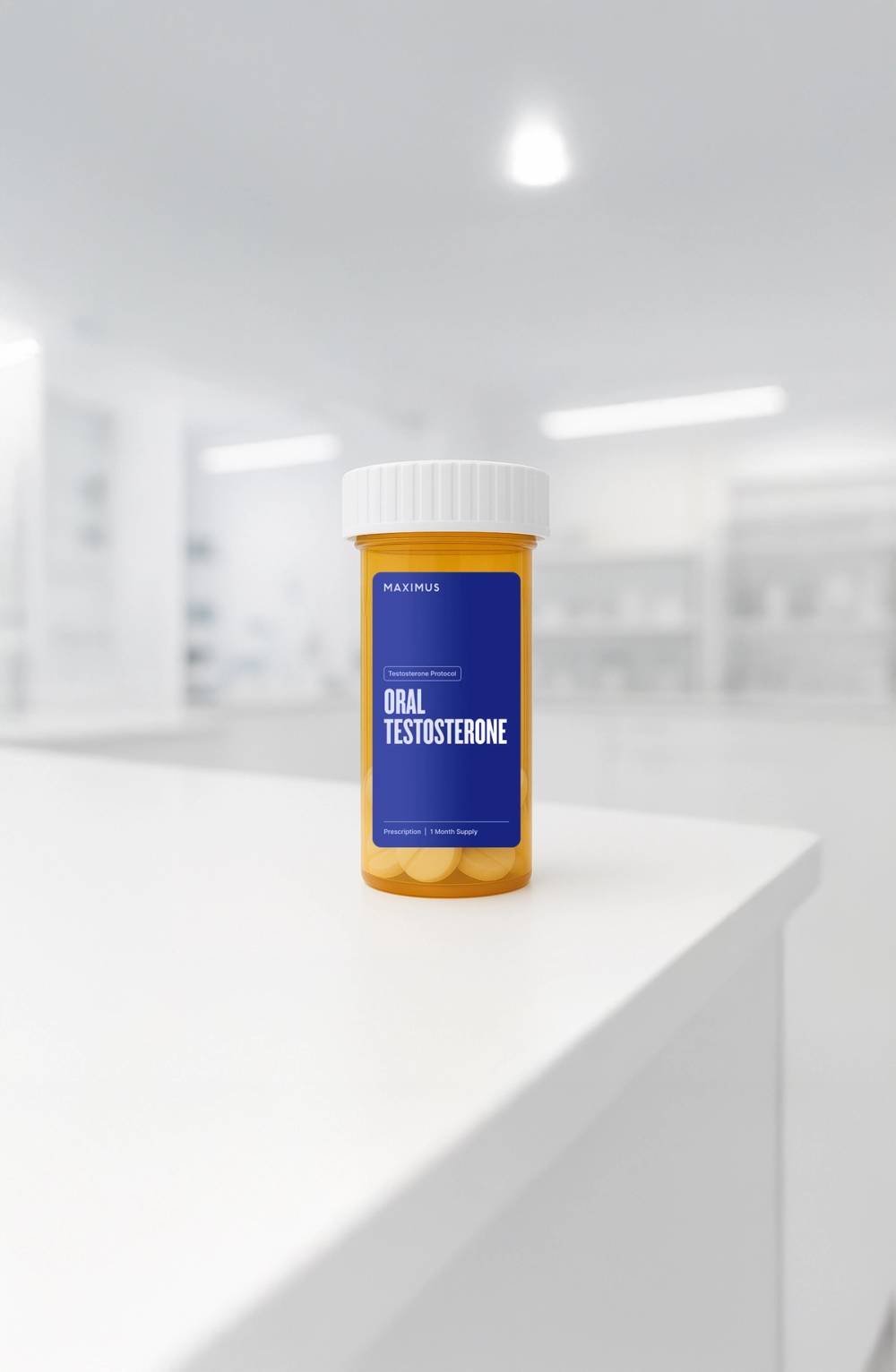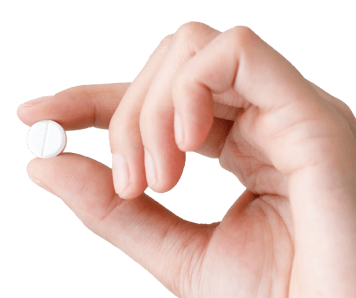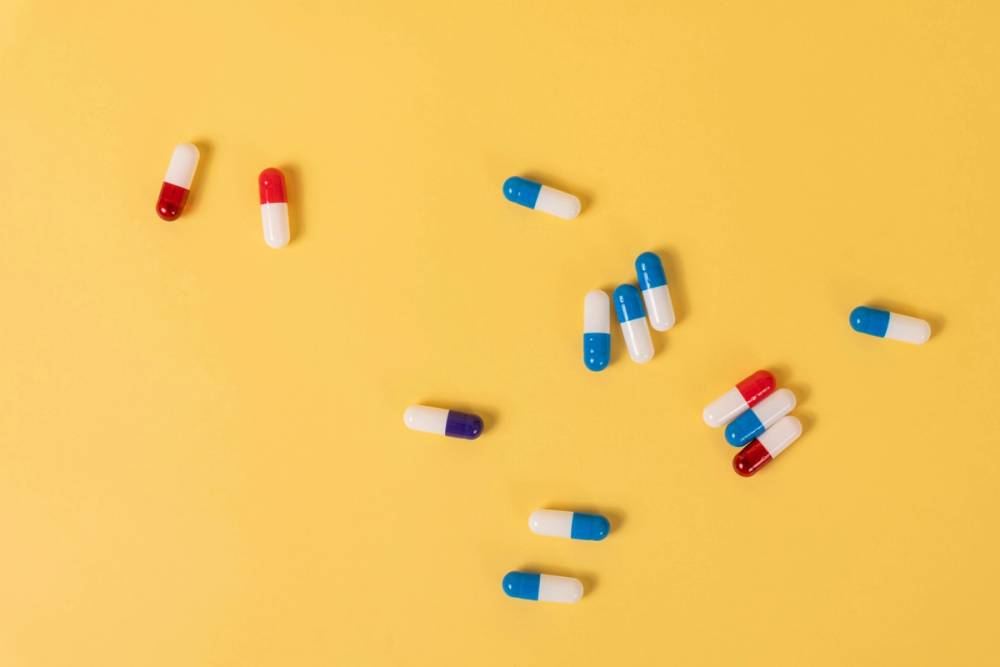Key takeaways:
- Oral TRT, or oral testosterone undecanoate, is a convenient and effective treatment for low testosterone and can help with feelings of low energy and decreased libido.
- Topical TRT options are often easy to use, but there’s a risk of transferring the testosterone to someone else, among other side effects.
For the guy who feels sluggish, moody, is having trouble losing weight, or is experiencing a waning sex drive, testosterone replacement therapy (TRT) — like oral TRT or topical TRT — is an option for restoring your testosterone (T) levels to a healthy range. When effective, TRT can make you feel like a more energetic, fitter, and healthier version of yourself.
As you start exploring the different types of TRT, you’ll quickly realize there are quite a few options on the market and each has some nuances and side effects to be aware of. In this piece we’ll be focusing specifically on the pros and cons of oral TRT versus topical TRT.
What is oral TRT?
Oral TRT, or oral testosterone undecanoate, is a type of medication that’s taken in pill form to raise testosterone (T) levels. It’s prescribed for men who have low testosterone, or signs and symptoms of low testosterone, like reduced libido, fatigue, erectile dysfunction, depression, and increased body fat.
How does oral TRT work?
When you’re prescribed oral TRT, you’ll take a pill each day that helps raise your testosterone levels. When the body breaks down and metabolizes testosterone undecanoate, the major active metabolites are the hormones dihydrotestosterone (DHT) and estradiol. Together, DHT and testosterone act on androgen receptors to raise average serum testosterone levels and reduce symptoms of low testosterone.
An early form of oral testosterone called methyltestosterone was linked to liver damage, but newer versions, including oral testosterone undecanoate, are metabolized differently. They’re absorbed through the lymphatic system, significantly reducing the likelihood that you’ll experienceliver-related side effects.
Maximus’ Oral TRT+ Protocol combines native testosterone with enclomiphene and pregnenolone to offer a fertility- and liver-friendly option for improving body composition, mood, energy, and sexual performance.
Is oral TRT effective?
Various studies show that oral TRT is an effective way to raise T levels. For example, in this study, among men with hypogonadism, taking oral TRT raised testosterone to healthier levels.
On average, men who took Maximus Oral TRT+ Protocol experienced 2-5 x increases in total testosterone and 3-7x increases in free testosterone levels, while also experiencing improvements in memory, mood, body composition, and sexual performance.
Oral TRT versus topical TRT
In addition to oral testosterone therapy options, there are a few types of topical TRT available, the most popular being TRT patches, gels, and creams.
What is TRT cream?
TRT cream is prescribed to help men maintain serum testosterone concentrations. It should be applied with a metered dosing bottle, packet, pump, or applicator at the same time on clean skin every day. You might be instructed to apply it to the upper arms and shoulder areas. Certain brands will tell you to apply it to the stomach, while others will suggest the underarms.
TRT cream contains testosterone. When applied, it is absorbed through the skin and goes directly into the bloodstream to raise T levels.
What are the side effects of TRT cream?
Topical testosterone replacement therapy cream can be effective but you have to be careful about what you’re touching after you’ve applied it. Studies have shown that testosterone can transfer to partners or children and cause their hormone levels to change as well. Talk to your doctor about any concerns around applying TRT cream to your upper body and if you have sensitive skin, sweat a lot, or are worried about skin reactions.
What is TRT gel?
TRT gels work like TRT creams. When you apply the product according to the manufacturer's instructions, the hormones in the gel go through your skin and into your bloodstream to raise testosterone levels. It’s important to wash your hands with soap and water immediately after applying testosterone gel. You’ll also want to cover up any area of the body where you applied the gel after it’s absorbed so it doesn’t transfer to another individual.
What are the side effects of TRT gel?
TRT gels have similar side effects as TRT creams. One of the main concerns of applying a TRT gel is that you risk accidentally transferring the hormones to someone else from skin to skin contact, particularly if you and they are shirtless. (That could be hugging a child or embracing your partner. )
Tell your physician if a female partner or child exhibits male-like changes–voice deepening, hair growth, acne–while you are using this product. Those are signs they might be experiencing testosterone transfer.
It’s also important to note that the testosterone can be transferred to clothing and sheets so anyone handling your laundry should be careful as well.
Other side effects can include fluid retention, blood clotting problems, heart and blood vessel problems, liver problems, and decreased sperm count. Elderly patients who use TRT gel might be at a higher risk of heart and blood vessel issues or prostate problems.
What is a TRT patch?
TRT patches contain hormones and the drug enters the bloodstream in a similar way as with TRT creams and gels. Depending on the brand, you’ll apply the TRT patch to your abdomen or stomach, thighs, upper arms, or back.
In some ways, it’s simpler to get testosterone therapy through a patch because you don’t have to worry about accidentally overdoing it with too much medicine in the way you might overapply a cream or gel. The patches can be worn during sex, swimming, and while showering but you should wait three hours after applying to hop in the shower or swim. They are effective–sometimes getting to max T levels within eight hours — but they have some drawbacks to be aware of and they’re definitely not for everyone.
What are the side effects of TRT patches?
It’s suggested In order to avoid skin irritation, you’ll want to apply the patch to a different area of skin every day. Sometimes TRT patches fall off — this is especially common among people who sweat a lot. If your patch falls off, you’ll either need to apply a new one or wait until the next day — this depends on how much time has passed since you initially applied the patch. Similar to other forms of topical TRT, there’s also a risk of testosterone from the patch being transmitted to other people through skin-to-skin contact.
Which is better: Oral TRT or topical TRT?
Topical TRT has been a first-line testosterone treatment for a long time. But in recent years, oral TRT has become a safe and effective alternative, possibly with fewer side effects. Oral TRT is a solid alternative for the guy who doesn’t want to deal with possible skin irritation from transdermal patches, who sweats a lot and fears a patch won’t stay put, or who doesn’t want to risk accidental testosterone transfer to others from creams and gels. Here are some of the pros and cons as you’re deciding between oral TRT or topical TRT:
Pros of Oral TRT:
- Convenience
- Liver-friendly
- Fertility-friendly
Cons of Oral TRT:
- Need to remember to take it
Pros of Topical TRT:
- Easy to apply
- Only need to think about it once a day
Cons of Topical TRT:
- Possible transfer of hormones to others
- Skin irritation
- Might fall off (if using a patch)
Talk to your doctor about your medical history, family health concerns to keep in mind, and questions you have about which is best for you: oral TRT or topical TRT.
When you want an effective TRT solution that raises T levels quickly and has minimal side effects, consider Maximus’ Oral TRT+ protocol.
Disclaimer: The contents of this article, including, but not limited to, text, graphics, images, and other information, is for information purposes only and does not constitute medical advice. The information contained herein is not a substitute for and should never be relied upon for professional medical advice. The content is not meant to be complete or exhaustive or to be applicable to any specific individual's medical condition. You should consult a licensed healthcare professional before starting any health protocol and seek the advice of your physician or other medical professional if you have questions or concerns about a medical condition. Always talk to your doctor about the risks and benefits of any treatment. Never disregard or delay seeking professional medical advice or treatment because of something you have read on this site. Maximus does not recommend, endorse, or make any representation about the efficacy, appropriateness, or suitability of any specific test, products, procedures, treatments, services, opinions, healthcare providers or other information contained herein. Maximus is not responsible for, nor will they bear any liability for, the content provided herein or any actions or outcomes resulting from or related to its use.








